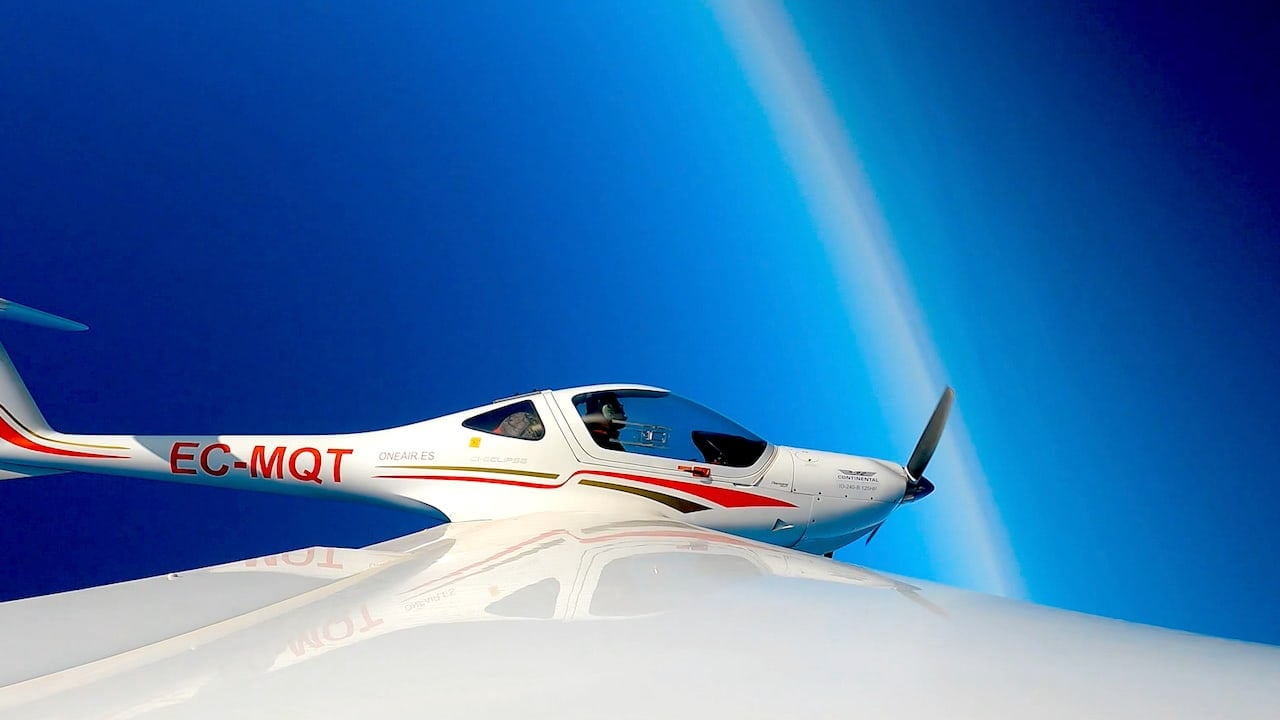Since 2019, the European Air Safety Agency EASA has established compulsory UPRT training, but what is UPRT and what does it consist of exactly?
UPRT or Upset Prevention & Recovery Training is the practical training in manoeuvres for the prevention of loss of control of an aircraft, including requirements for preparation of adverse situations or disturbances which have an effect on the pilot’s physiological or psychological factors.
If you’d like to become an airline pilot, you need to be ready to deal with all sorts of situations when flying, including the anomalous situations that may occur on a plane.
Let’s take one step at a time. Before we go on, here’s a video we’ve prepared for you to see what UPRT is. Don’t miss it! The images are amazing…




